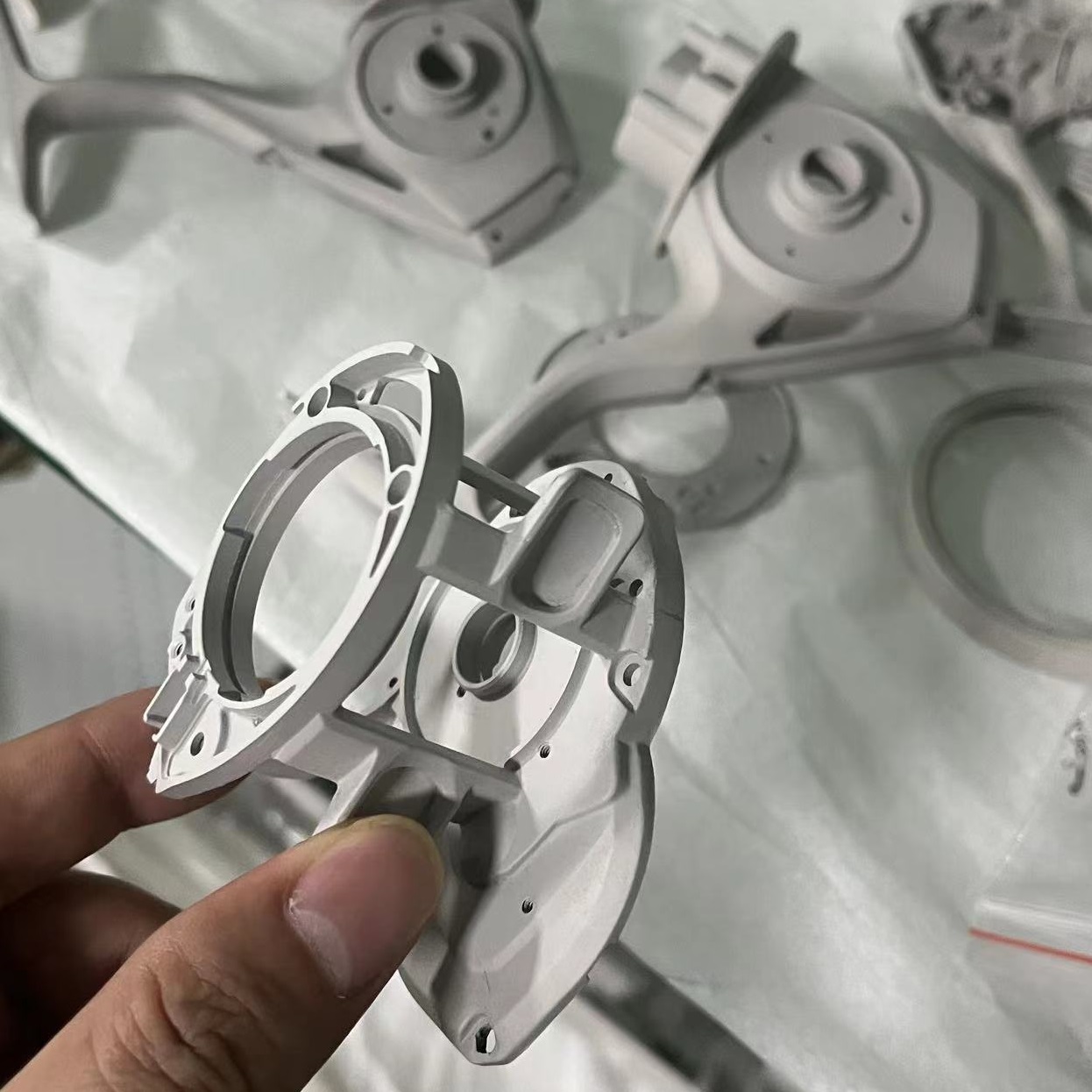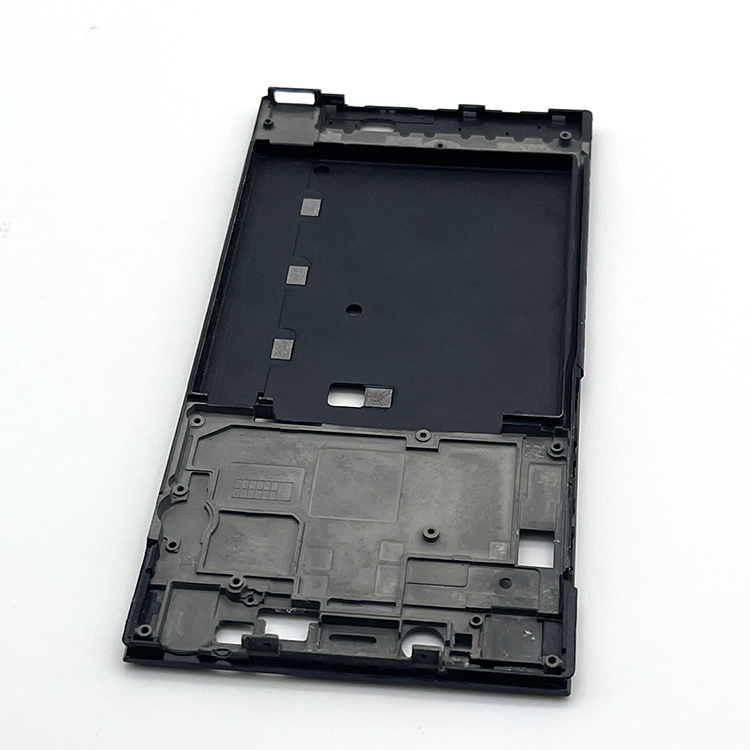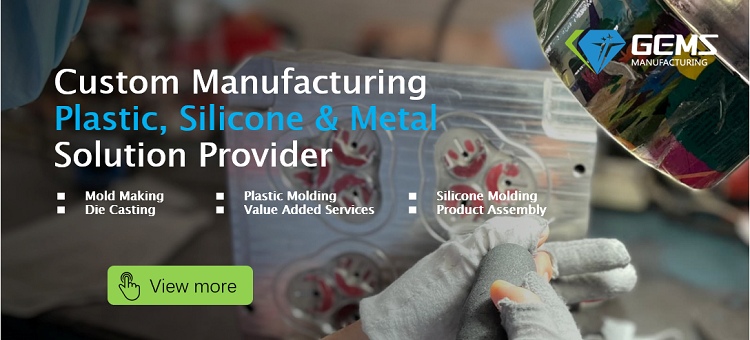Challenges and Considerations of Magnesium Die Casting
While magnesium alloys offer numerous advantages, it’s important to acknowledge the challenges associated with their use in die casting. For instance, magnesium is highly reactive and susceptible to corrosion. Protective coatings and surface treatments are often employed to address these issues and ensure the longevity of the cast components. Here are some key challenges and considerations:
- Corrosion Susceptibility:
Challenge: Magnesium alloys, particularly in certain environments, can be more susceptible to corrosion compared to other materials like aluminum or steel.
Consideration: Implementing protective coatings, such as anodizing or other surface treatments, can mitigate corrosion risks. Alloy selection, design modifications, and proper maintenance practices are essential considerations to address corrosion challenges.
- Flammability:
Challenge: Magnesium is flammable, and there is a risk of ignition during certain processing stages or in specific conditions.
Consideration: Stringent safety measures, such as controlled atmospheres during processing and fire prevention strategies, are critical considerations. Adherence to safety protocols and regulations is paramount to minimize flammability-related risks.
- Tool Wear and Abrasion:
Challenge: Magnesium alloys can lead to increased tool wear and abrasion during the die casting process, impacting tool life and maintenance costs.
Consideration: Employing high-quality tool materials, coatings, and appropriate cooling systems can help mitigate tool wear. Regular maintenance and monitoring of tool conditions are essential considerations to manage this challenge.
- Alloy Purity and Cost:
Challenge: High-purity magnesium alloys, which offer better corrosion resistance, can be more expensive. Balancing alloy purity with cost considerations becomes crucial.
Consideration: Assessing the specific requirements of the application and understanding the trade-offs between alloy purity and cost is essential. It involves finding a suitable balance that meets performance needs without compromising economic considerations.
- Limited Die Life:
Challenge: The abrasive nature of magnesium alloys can lead to reduced die life, impacting the overall cost-effectiveness of die casting.
Consideration: Implementing die coatings and surface treatments can help extend die life. Additionally, proper maintenance practices, such as die lubrication, are essential considerations to enhance the longevity of dies.
Addressing these challenges and considerations requires a comprehensive approach involving materials expertise, engineering solutions, and adherence to safety and regulatory standards. Despite these challenges, magnesium alloys continue to be a valuable choice for die casting, offering unique advantages that can outweigh potential hurdles when managed effectively.









